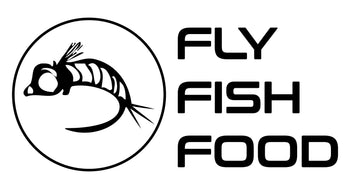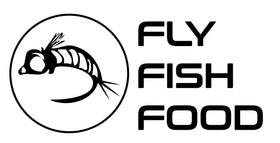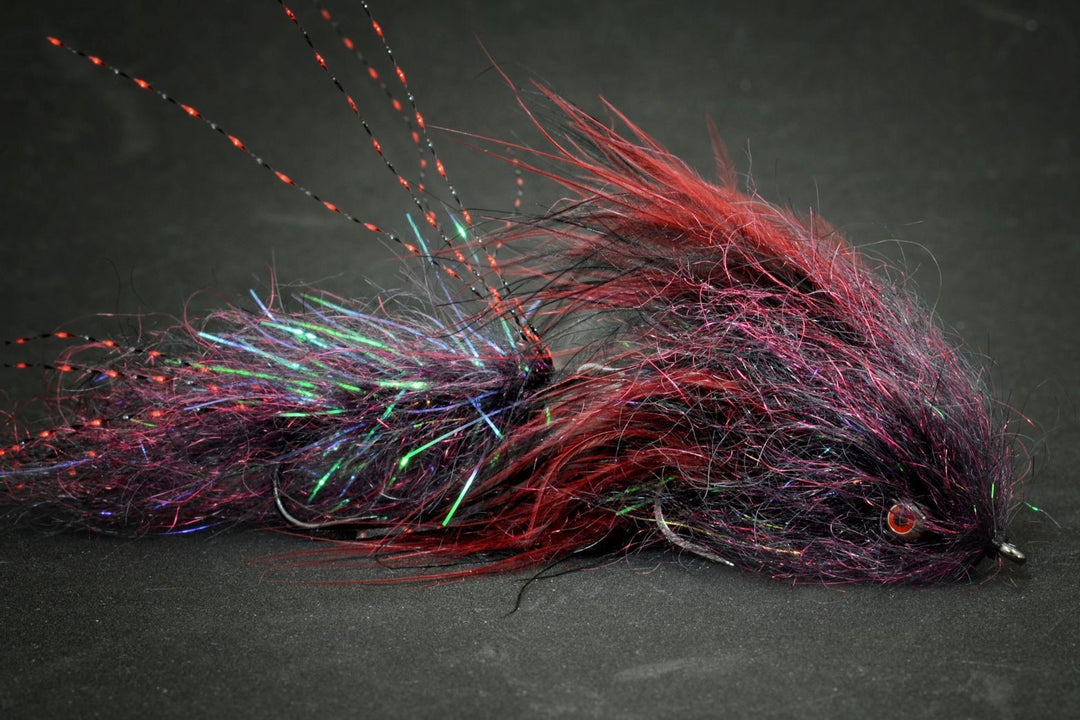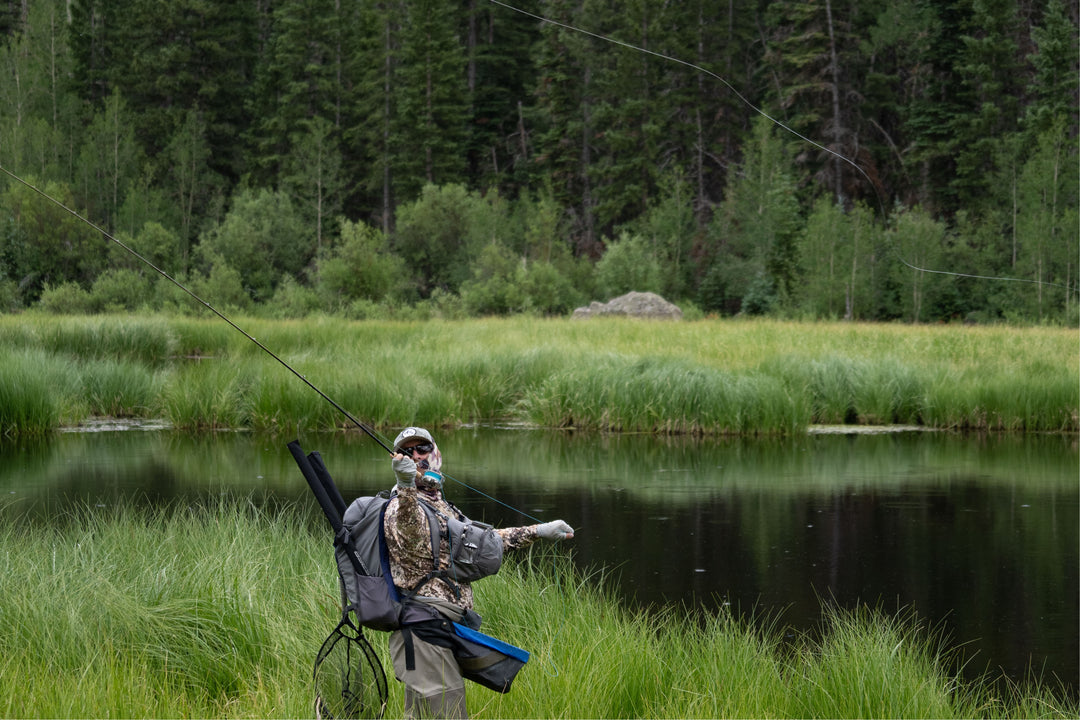Still Waters
We have several smaller still waters that offer excellent fishing as well as more peace and solitude than found on our famed larger lakes and reservoirs. All given below are easily approached by a road, and each has launch facilities. All are closed to motorized boating. Some have bait and hook restrictions.
Meadow Lake
Sitting on the southeast side of the Lemhi Mountains above Gilmore, it is accessed by a gravel road off State Highway 28. It is well stocked with hatchery rainbow trout and has an undevloped launch area and a campground. Speckled dun may fly life cycle patterns as well as leech and bead head nymphs a bring action.
Horseshoe Lake
It has good gravel access road starting at the east end of the LDS church’s girls camp on the Cave Falls Road. The road ends at the northwest side of the lake where there is a primitive launch site and primitive campground. Damsel flies and speckled duns are the main aquatic insect, so their life cycle patterns work best. It is well stocked with rainbow trout and also a few grayling from a Montana hatchery.
Sand Creek Ponds.
This is in IDF&G’s Sand Creek Wildlife Management Area. Pond #4 is the best here for fishing and is well stocked with rainbow trout by IDF&G. It also holds some brook trout. Holdover rainbows here range well into trophy sizes. These have provided the fish of the lifetime for some fly fishers. Pond # 2 is also stocked with rainbow, but is not of the quality of Pond #4. There is an undeveloped launch site at the northwest corner of Pond #4. Fishing from any kind of boat or flotation device is not allowed until after July 15th. No bait and barbless hooks are the rules on all these ponds. Leech, streamer and speckled dun life cycle patterns are best flies for fishing success.
Teardrop Lake
Also known as Fish Creek Pond, it was formed by damming a gravel pit to produce a good sized pond near 20 feet in depth. It originally was a brook trout fishery, but IDF&G stocks it with rainbow trout some of which hold over to reach trophy size. This pond is ideal for floatation devices and has an undeveloped launch site at the southeast corner as well as a primitive camping area. Many anglers prefer to fish along its open roadside on the east side. Leech and speckled dun life cycle patterns work well here.
Paul Reservoir
Leave I-15 at the Humphrey exit, go underneath it, then right on the gravel road which parallels the highway for about a mile then circles to the left. Proceed about twelve miles through “god forsaken country” until the road narrows and becomes rough. This lasts for less than a mile and ends at the dam on Paul’s Reservoir. Here is a beautiful pond, forested on the west side and spangled with sagebrush on the left. Not quite a mile long and a few hundred yards wide, it is full of cutthroat trout of moderate size with many of which are rising in the clear, cold water. Flotation devices can be launched easily from the backside of the dam or much of the open shoreline can be fished without waders.
Harriman Fish Pond The signed access road to this pond leaves the Mesa Falls Scenic Highway just before Wood Road 16 leaves to approach the Henry’s Fork on lower Harriman State Park. No bait and barbless hooks are required. Vegetation chokes the pond during summer months limiting wet fly fishing, but top water and small nymph patterns suspended under these or an indicator can be effective. Use speckled dun and damsel fly life cycle patterns on top, and trout of holdover size could respond. Doing the same with leech patterns can be effective here. There is an undeveloped launch site where the access road ends at the north side of the pond.
Aldous Lake is on a bench on the Centennial Mountains north of Kilgore. If you are willing to backpack a flotation device and gear a little more than a mile, Aldous Lake offers good to spectacular fishing especially when speckled dun may flies are hatching. It hosts only cutthroat trout, of which holdovers grow well into trophy size. Concentrate your fishing around submerged springs. Its shoreline is mostly forested and on the north side steep enough to limit back casts.
Flies to fish:




